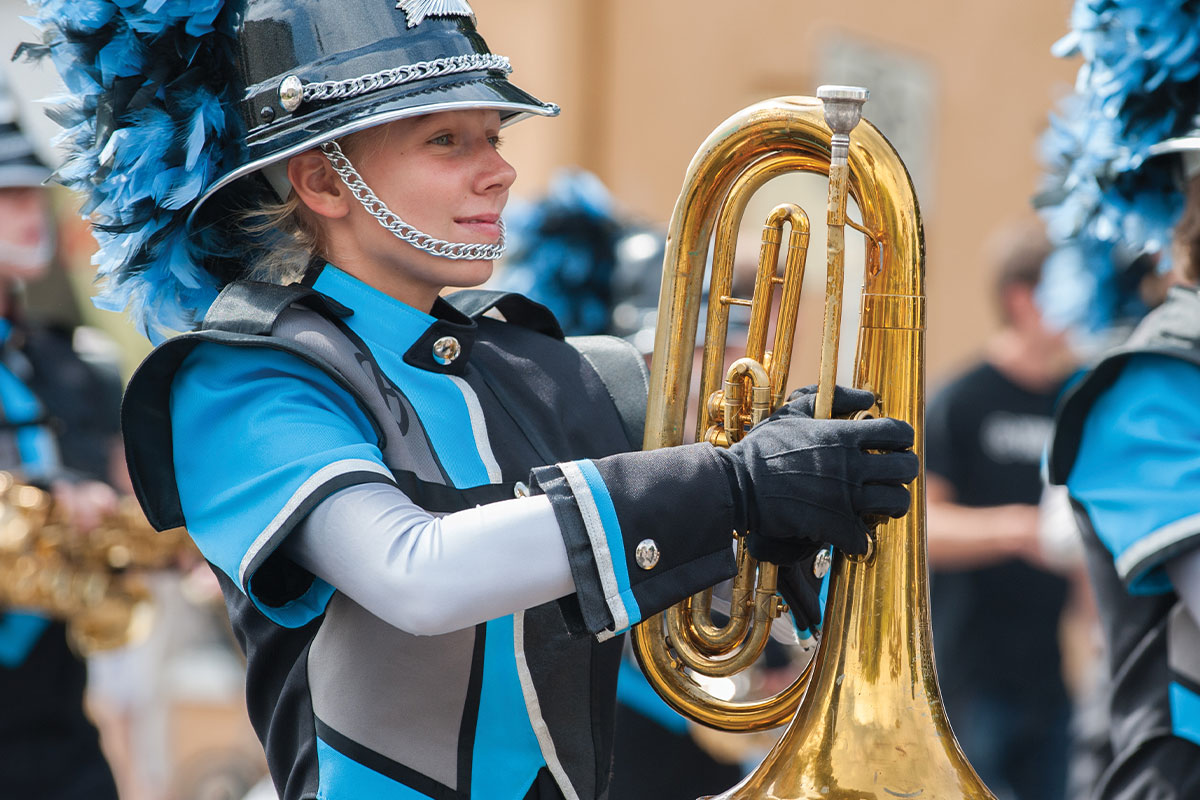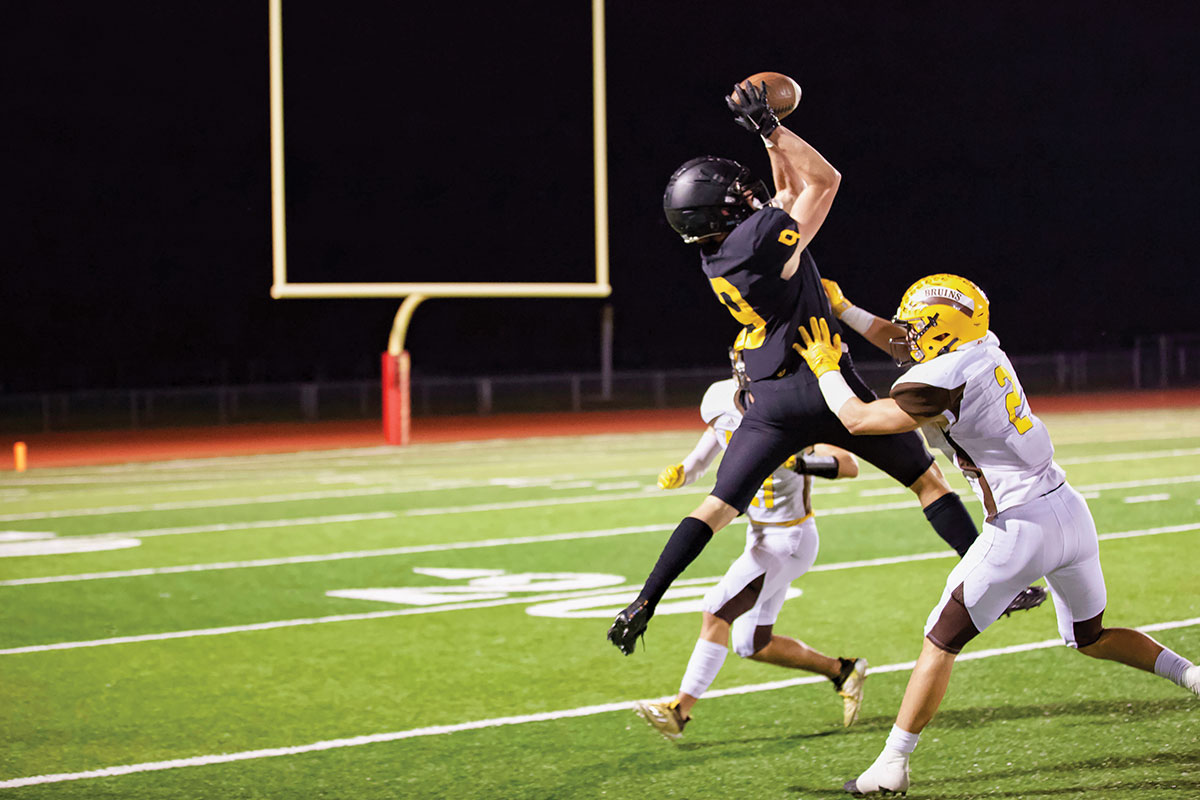By Maggie Roth
Although this post was written for families in Virginia, it is applicable to our Westfield families.
The Northern Virginia area is well-known for having great school systems, and that means a lot of competition when it comes to college applications. On top of academic endeavors, ambitious high school students join sports teams, student councils, art and special interest clubs, and pour hours of their time into volunteering throughout the community, in part to stand out on college applications.
But what do colleges really want to see when it comes to extracurriculars?
Ultimately, these activities are a way for colleges to gain a holistic understanding of each applicant.
Juan Espinoza, associate vice provost for enrollment management and director of undergraduate admissions at Virginia Tech, says that the school measures non-cognitive attributes, meaning that a student’s characteristics and experiences are considered as well as academic factors.
“These non-cognitive factors essentially serve as predictors in not only how the student is going to do in college, but how they’re going to do in life,” Espinoza says. “And they get a lot of these key experiences from that extracurricular activity. And so, it can become critical, especially in our process.”
In a study of four-year colleges during the 2023 admission cycle, the National Association for College Admission Counseling found that 44.3 percent of colleges consider extracurricular activities to be of moderate importance in the admissions decision. That’s less significant than grades and strength of curriculum, but still a factor that could make a difference.
While academics are the primary focus of admissions, a resume that demonstrates out-of-school involvement and personal identity could be the deciding factor between two academically qualified students.

Prioritize Passion
Students shouldn’t feel the need to join clubs they’re not interested in just because they think they’ll seem more impressive. Schools just want to know who their applicants are, what they’re passionate about, and how they spend time outside of the classroom, experts say.
That can take many forms: The Common Application, an application platform that over 1,000 colleges use, accepts categories like academic clubs, musical and art clubs, sports, jobs and internships, community service, and family responsibilities.
“There’s no one formula you have to do. You know, ‘You have to do this particular activity, because that will be viewed favorably by the college.’ They really need students of many different interests,” says Maureen Kim, a college and career specialist at Fairfax High School.
Different colleges may have specific attributes they look for in prospective students, like dedication to community service or the arts, but it’s best for applicants to be clear about their genuine interests and priorities rather than trying to conform.
“Every college sets its own institutional priorities. So what impresses one college may not be the thing that is so important to another college — which is why I always default to what’s important to you,” the student, says Hannah Serota, an independent educational consultant and founder of Creative College Connections.

Quality Over Quantity
The Common Application leaves a space for up to 10 extracurricular activities. Does that mean students need to find the time to join 10 clubs? Not at all.
“It’s not [about] quantity, never been about quantity. It’s about quality,” Espinoza says. “Find something you’re really excited about, and you’ll be amazed about the opportunities that will arise from that sort of involvement.”
Colleges would much prefer to see students who are engaged in a handful of activities that they are committed to than for them to be loosely involved in many activities. Sticking with activities for a long time, rather than jumping to a new endeavor every few months, can demonstrate hard work, dedication, and enthusiasm.
Multi-year involvement can develop into really valuable experience. If a student joins the high school newspaper, they may start out writing just a few articles here and there as a freshman, then write every week sophomore year, help show younger students the ropes in junior year, and eventually take on a role as an editor as a senior.
Of course, many teenagers don’t have set interests, especially when they first start high school. It helps to experiment with activities early so that there’s time to course-correct later, if the activities aren’t something they enjoy.
“Just try to start in ninth grade. And then hopefully by 11th and 12th grade, maybe you’re going to have more established interests and you could take on a leadership position in an institution,” Kim says.

True Leadership
Leadership is an important characteristic to demonstrate, but only if it’s authentic — not just a title.
“We make sure that we don’t evaluate leadership in those traditional terms of class president, team captain. Those roles are great, but we often find, too, that leadership comes in many forms,” Espinoza says.
One important example where leadership can be demonstrated is in family responsibilities, he says. In addition to school clubs or community volunteering, the student can list a part-time job or taking care of younger siblings.
“That counts. They’re learning the same set of skills they would if they were in leadership, or with a traditional organization that might be found at the high school,” he says.
Even within institutional organizations, active involvement will demonstrate leadership most effectively. If a student organized meetings, tutored new members, or put together fundraisers, those actions show leadership just as much as being voted in as the club president.

Community Mindset
One way to stand out is to take interests out of the high school setting and engage with the community.
“I think that by getting out of their high school experience and helping other members of their community, I think that that that shows the colleges that they care about their neighbors,” Kim says.
There are plenty of ways to take a hobby, passion, or prospective career path and turn it into a service opportunity. Nature lovers can join park cleanups. Future political science majors can volunteer for political campaigns.
Most schools have college and career counselors who can help find opportunities, and online resources like Volunteer Fairfax post volunteer needs. “In the end, colleges are building communities, so they want to have students who are going to be actively engaged in the community,” Serota says.
Tell Them About It
Once it’s time to apply, here’s how to effectively share extracurricular experiences:
The activities section: The Common Application provides 150 characters to explain each activity. That’s not much space, so descriptions should be brief — not in sentences — and full of strong verbs. Quantifiable achievements like specific dollar amounts fundraised or the number of students tutored are helpful.
Recommendations: A coach or activity supervisor can write a letter of recommendation that focuses on the student’s extracurricular involvement.
Personal essays: If an experience was truly impactful, it can go in the personal essay section — but only if it can’t be conveyed in the activities section, to avoid repetition.
Feature image, stock.adobe.com
This story originally ran in our December issue. For more stories like this, subscribe to Northern Virginia Magazine.


No comments:
Post a Comment